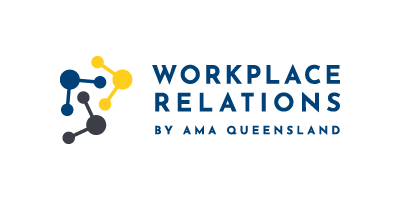Family and domestic violence leave provisions
Under the National Employment Standards (NES), employees—including full-time, part-time, and casual workers—are entitled to 10 days of paid family and domestic violence leave each year if they experienced family or domestic violence and need to take leave.

Under the National Employment Standards (NES), employees—including full-time, part-time, and casual workers—are entitled to 10 days of paid family and domestic violence leave each year if they experienced family or domestic violence and need to take leave.
Family and domestic violence refers to a pattern of behaviour used by one person to establish power and control over another in a domestic or intimate relationship. This type of violence can take various forms, including but not limited to:
- physical violence
- emotional or psychological abuse
- verbal abuse
- financial abuse
- social isolation
- stalking
Family and domestic violence can affect anyone, regardless of age, gender, sexual orientation or socio-economic status. It often occurs within relationships involving partners, ex-partners or family members, and can have severe long-term consequences for victims' physical and mental health.
To access paid family and domestic violence leave, the individual known to the employee could be:
- an employee’s close relative
- a member of an employee's household, or
- a current or former intimate partner of an employee.
An employee’s entitlement to paid leave under the family and domestic violence leave provisions is available in full immediately and resets every year on their employment anniversary. This leave does not accumulate. If an employee exhausts their paid domestic and family violence leave, they may, with their employer's agreement, take additional unpaid leave.
Family and domestic violence leave is a standalone entitlement, meaning it is separate from other types of leave, such as annual leave, paid sick leave and carer’s leave.
Employers are prohibited from including information concerning family and domestic violence leave on an employee’s payslip such as:
- A statement indicating that an amount paid to an employee is for family and domestic violence leave.
- A statement that a period of leave taken by the employee was paid family and domestic violence leave.
- The balance of an employee’s entitlement to paid family and domestic violence leave.
As an alternative you may wish to record this leave as ’special leave’ or ’miscellaneous leave’.
Under the Fair Work Act, family and domestic violence is classified as a protected attribute, meaning employers are prohibited from discriminating against employees for taking domestic and family violence leave. This includes adverse actions such as dismissal, altering the employee's job to their disadvantage or treating the employee differently from other employees.
The eSafety Commissioner, in conjunction with Griffith University, has developed an app to support and ‘be there’ for anyone who is in an unhealthy, toxic or abusive relationship. This free app provides direct access to tools that empower, educate and support employees experiencing domestic or family violence.

Be there. on the App Store (Apple)
Be there. on the Google Store (Google play)
For any workplace assistance please contact the Workplace Relations, who have a team of experts waiting to take your call on 07 3872 2264 or through email support at workplacerelations@amaq.com.au.
AMA Queensland Workplace RelationsPhone: 07 3872 2264
|
